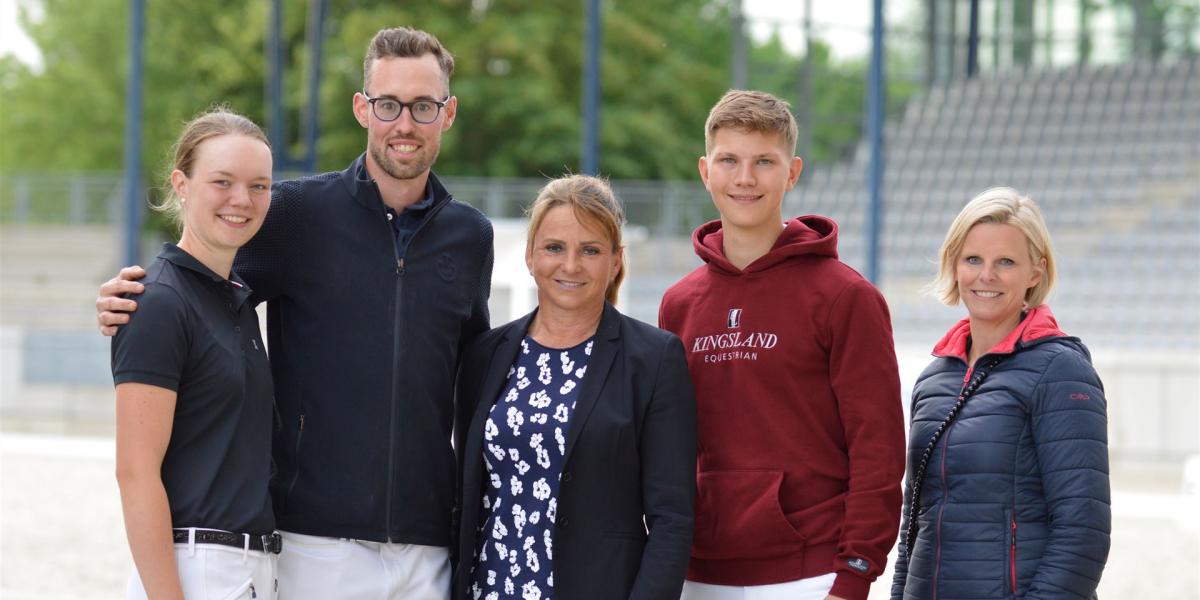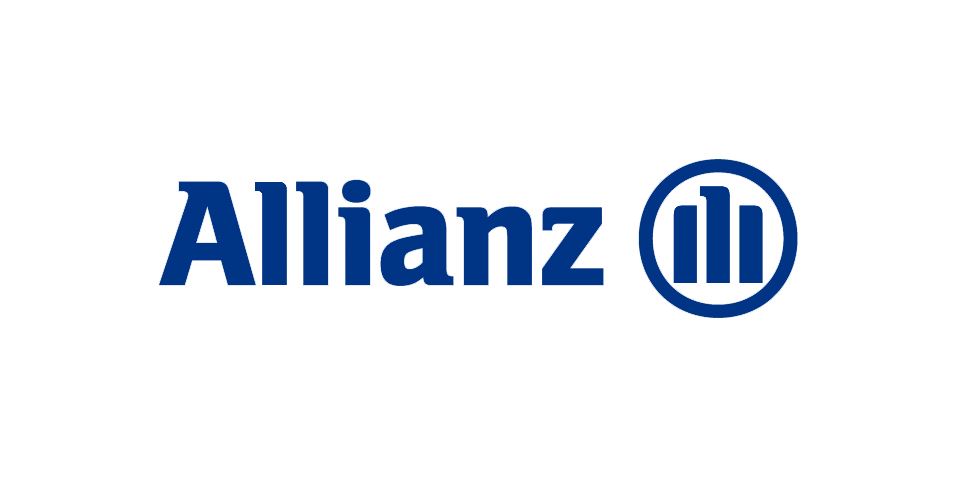
Dorothee Schneider: “Transitions are the lifeblood of suppleness”
Team Olympic gold medallist gives exclusive insights into the daily training with her horses at the CHIO Aachen CAMPUS.
Question: Why do you enjoy working with young horses so much?
It is something very special working with each horse individually and treading that long path together. We have to sense what is going on in a horse every day again and again, that creates a very close tie. And that simply fascinates me.
Question: Where do you place the focus when backing young horses?
The conformation is an important factor. How well-developed the horse’s body is? Is it already well-balanced? The training is individually adapted to suit the respective horse. The horse also has to give me the conformation before its first show that it is ready, anatomically speaking. It is also important to check the mental strength. This can be tested, for example, by training somewhere else on a different arena.
Question: How can you see whether a young horse has potential to compete at top level sport?
It is essential that the horse enjoys doing the movements and is highly motivated. For me good gaits and an active hindleg are particularly important.
Question: What is a normal training week for you?
That is different for every horse, but as a rule I practice exercises two days in a row, then I do something else, for example canter around the outside of the arena in jumping seat or gymnasticise the horse a little. That is followed by two further days of intensive training. But regular time-outs on the paddock or field are also important. A horse has to have the opportunity to chill out and move freely. Basically, I always find that variety is very important. Sometimes on the lunge rein, with trotting poles or working on the hand, so that the horse remains motivated.
Question: Many people are familiar with the problem that the horse “freezes” and won’t accept the leg aids properly. What tips do you have here?
When horses freeze, riders often make the mistake of pushing the horse on with their leg the whole time, which actually tends to make the problem worse. It is important to just give the horse an impulse with the leg, to push the horse forward once briefly. If it reacts, it should be praised straightaway.
Question: How do you prepare horses for the exercises?
Before I ride exercises, two things have to be in order: Rhythm and suppleness. I ride a lot of transitions to achieve that, because they school the activity of the hindlegs. Transitions are the lifeblood of suppleness. Transitions within the gaits are also a good way of improving the rhythm. Straightness is also important: I often ride on the second track to check whether my horse is straight.
Question: My horse isn’t confident in the lateral movements. How can I train that?
I always start with shoulder-in, ideally on the second track so that the horse doesn’t “stick” to the outside perimeter. The important thing: To only ask for as much flexion as the horse can bend in the rib. Then, I move into the half-pass, a few steps suffice at the start and ultimately end the long side with shoulder-in again. This enables the horse to find its balance again. And one should always keep on doing transitions here in order to keep the hindleg active.
Question: How do I practice a flying change with a young horse?
The preparation of the change is the be all and end all. First of all, the canter has to be right, the flying change is only as good as the canter itself. When the rhythm is right, I choose the line like “change the rain across the short diagonal” or “half volte to wall” so that I have enough room before the next corner. Then, I ride a stable counter-canter and engage the hindleg before I ask for the change. It is important to do the change when the horse is straight, not when it is bent in the corner. And a suitable, rhythmic pace is also always essential.
Photos: Melina Braun






